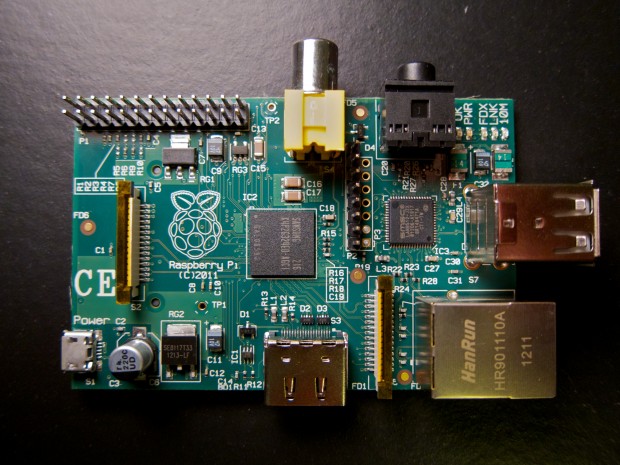Apple is said to be looking at moving away from Intel on the Mac towards ARM. This of course wouldn’t be unfounded giving the iOS platform is already using ARM. I’m certain Apple already has Mac OS X working on ARM chips for development purposes, just like I’m sure they had Intel versions all the years leading up to the x86 transition. Secret builds, and perhaps slightly buggy, but existing and working.
Will Apple switch? I could see them doing so for a lighter more power efficient laptop, however there’s a lot of x86 software out there I can’t see being ported over easily. I also can’t see them using ARM with some sort of Rosetta like layer of emulation. I think that would negate the pro’s.
I’m skeptical of Apple switching, at least right now, but I’m sure they are experimenting, and have been for a long time.

